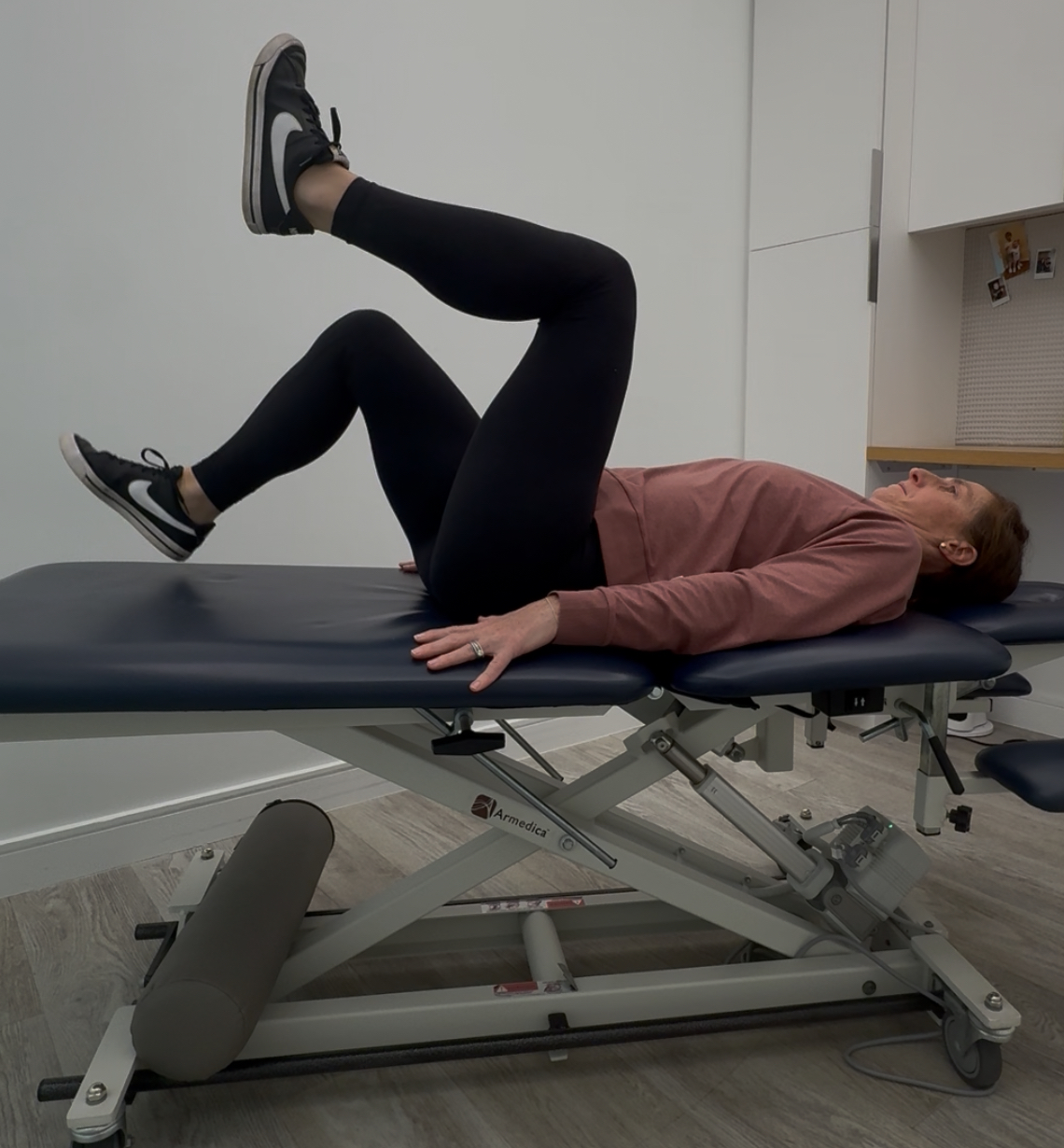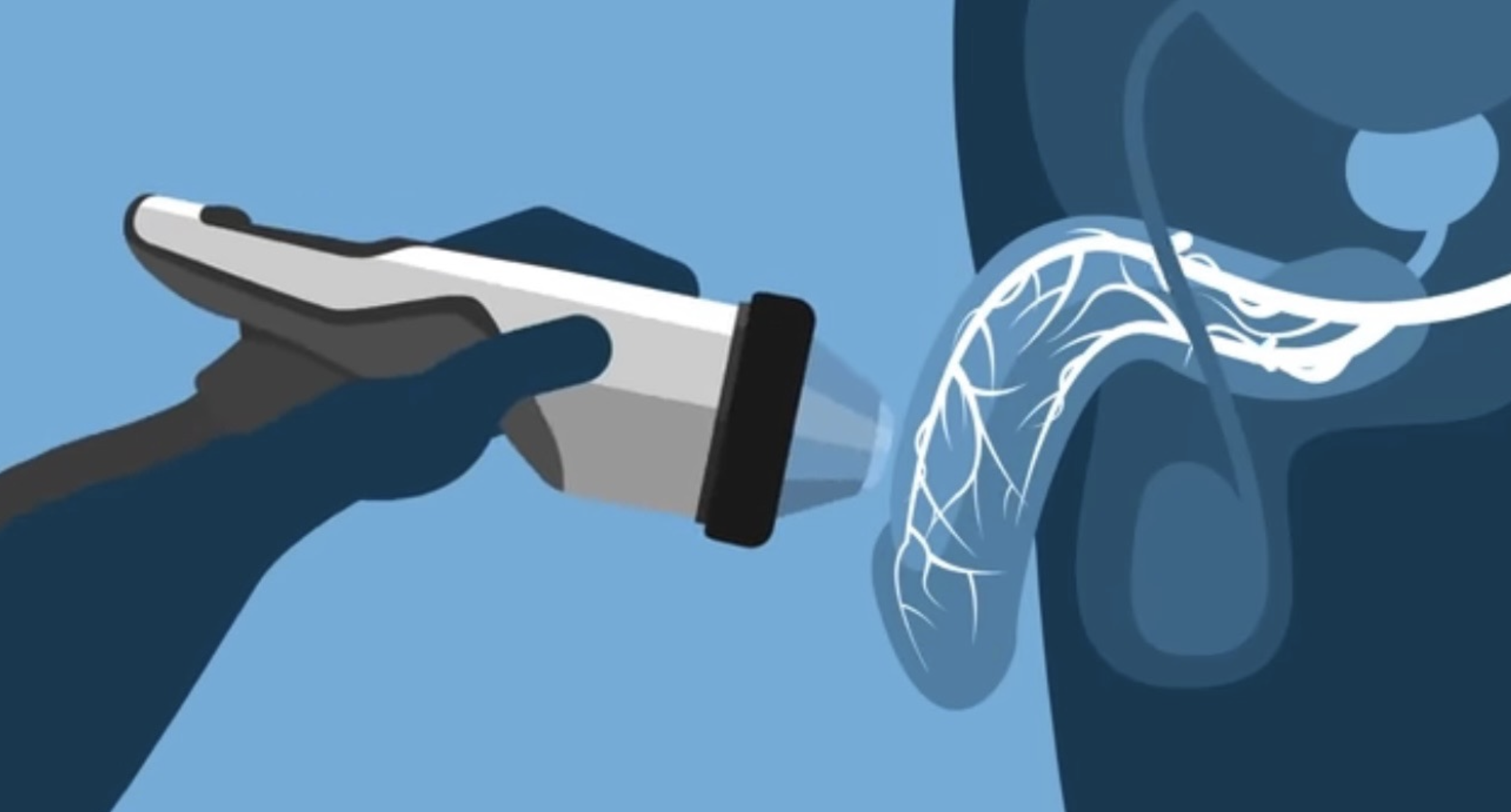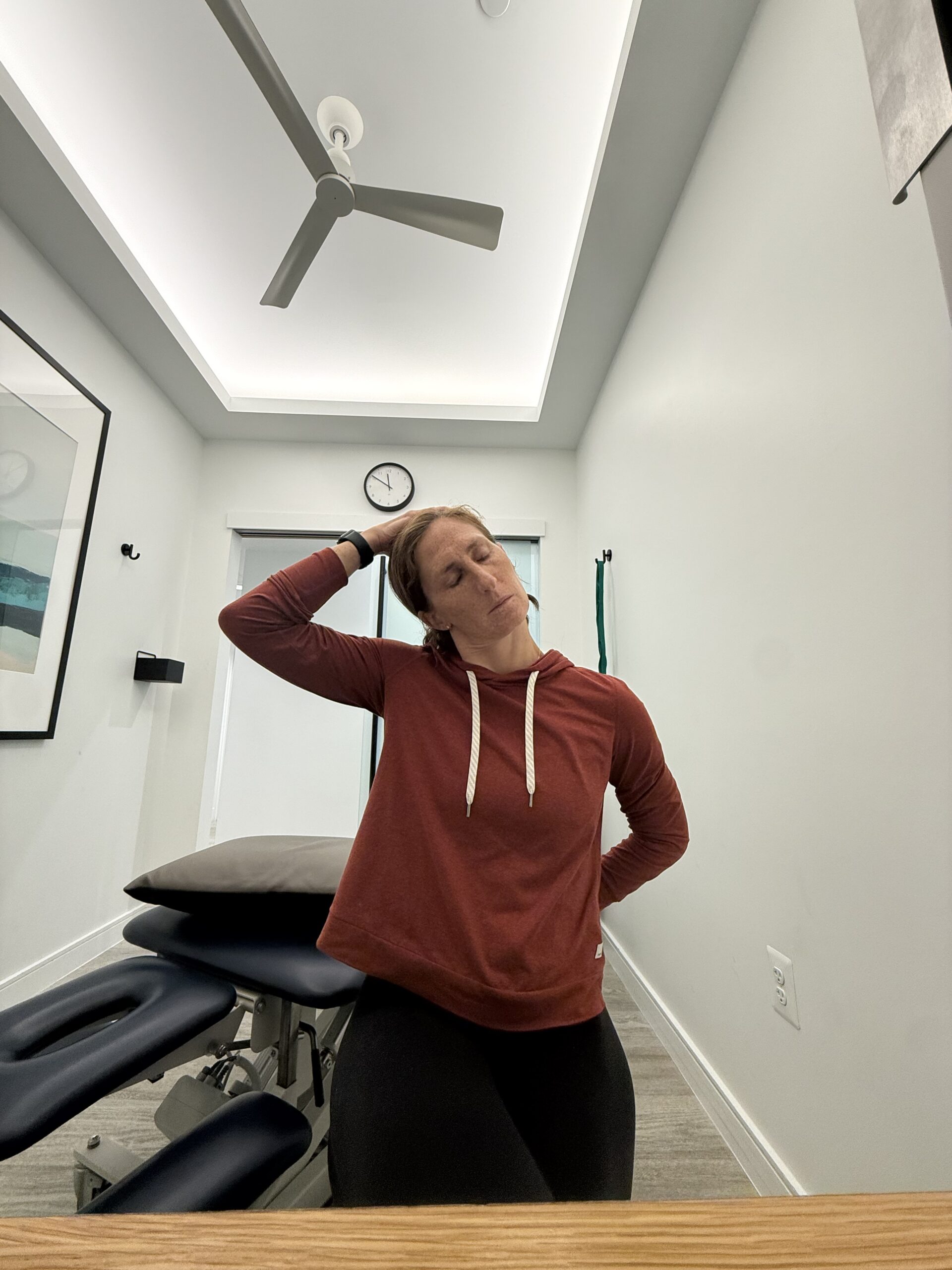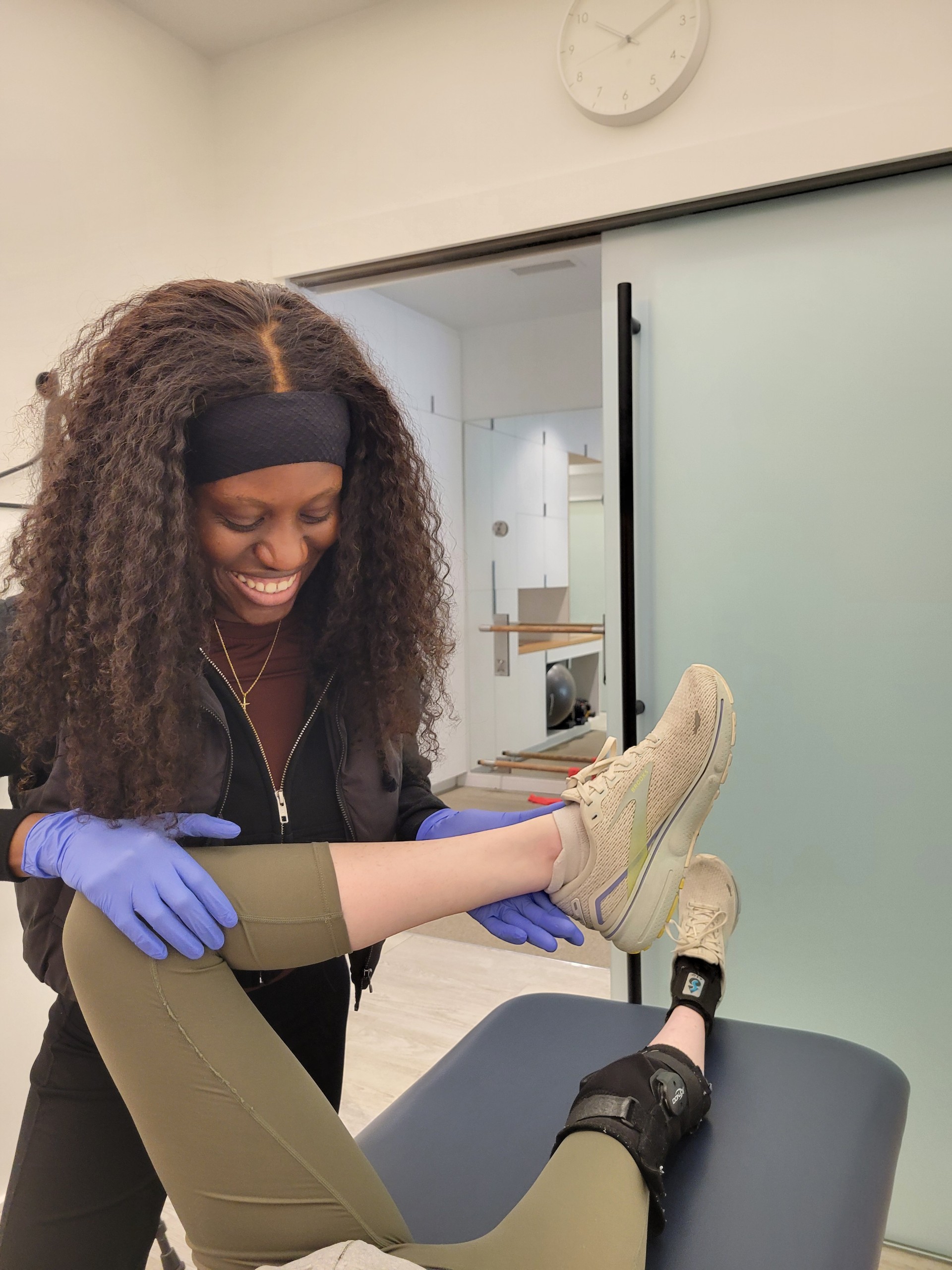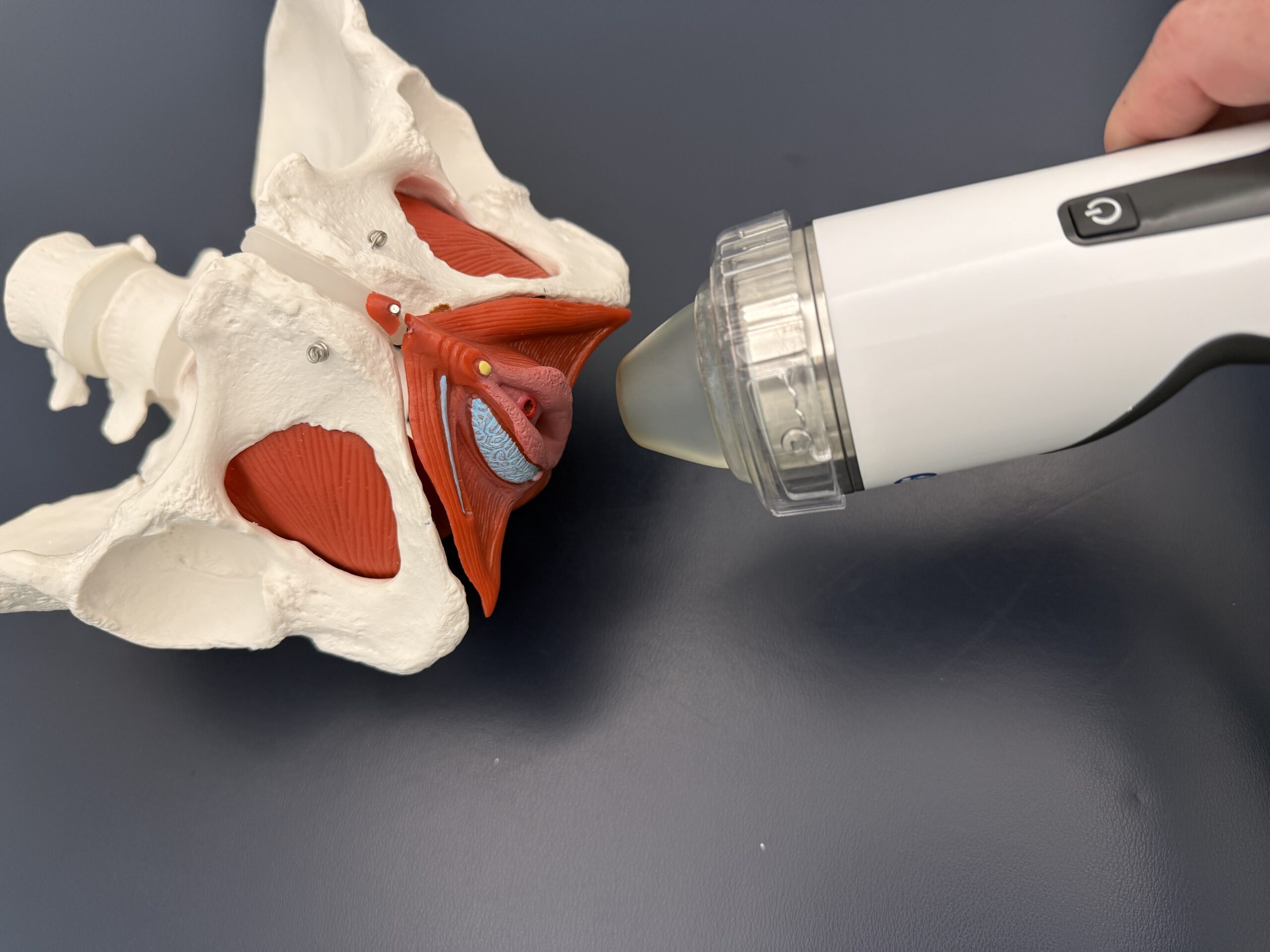Are you experiencing pelvic floor symptoms or someone has referred you to pelvic floor physical therapy and you’re a little freaked out and have no idea what to expect?! There are many reasons why one would need pelvic floor physical therapy, but here is a general outline of what to expect in your first visit.
Who needs pelvic floor physical therapy?
Everyone has a pelvic floor, so anyone experiencing symptoms may need pelvic floor physical therapy. This includes everyone: men, women, trans, and non-binary! Some examples may include pregnancy and postpartum, incontinence, pain with intercourse or using a tampon, prolapse, pelvic pain, constipation, erectile dysfunction and more. If you’re concerned that you may have pelvic floor symptoms, tightness or weakness, schedule a consult with Release Physical Therapy today.
What to expect and what to bring?
Yourself and your medical history and anything you want to chat with your therapist about regarding your pelvic health. The first thing you will do is have a conversation. Your therapist wants to get to know you and what brings you into physical therapy, and will ask questions related to:
- Exercise and activity
- Diet
- Sexual health
- Bowel and bladder function
- Job or daily tasks
- Medical history including medication, surgical history
Our goal is to get you back to your previous pain free lifestyle and meet your goals.
What to wear?
Dress in comfortable clothes, expect to move around, and possibly remove layers. Your physical therapist will watch you move, bend and twist. We want to see you walk, bend over, squat and do whatever movements are bothersome to you. This is the time to try and reproduce your symptoms
Do I have to have an internal assessment?
No, there will never be an internal assessment without your consent. An internal assessment is sometimes recommended (vaginal or rectal), but you absolutely can say no and your therapist will continue on with external manual therapy. During the second portion of your examination after the conversation, your therapist will assess externally your posture, your mobility and your strength. After that, you may discuss if an internal assessment is needed.
Does it hurt?
There may be a few things that are uncomfortable, but the idea is not to add pain. Tell your therapist if something hurts and they will use that information to help create your plan of care. There should be pressure, but no continuous pain during your sessions. Be sure to communicate what you’re feeling with your therapist.
How many more times will I need PFPT?
The frequency and duration of physical therapy appointments will be based on you. Your therapist will give you guidance on frequency and duration based on what they find in the initial assessment. Some people need more frequent appointments initially and then will thin out, and some may benefit from just once a week for a few sessions. Talk to your therapist if you have concerns about frequency and you can work together to find the best schedule for you.
In the meantime, should I do kegels?
NO! Kegels are most likely not the answer. Your pelvic floor physical therapist will assess your pelvic floor strength, coordination and muscle tone and from there determine what exercises are right for you. You may need to stop overworking your pelvic floor musculature and work on breathing or downtraining, or you may need to work on strengthening against gravity with other functional activities involved. It’s best to wait and see what your therapist says is best for you because those kegels may actually be doing some harm to your pelvic floor.
What’s next?
Your therapist will send you home with a plan that may include exercises (breathing, strengthening, stretching/mobility) or bowel/bladder tips. You and your therapist will discuss any questions you may have. Although your pelvic floor physical therapy appointment may seem daunting, it is necessary and you and your therapist can work together to ensure you are comfortable and work together to meet your goals.
Meet your pelvic floor PT

Dr. Mia Smyser is a native of the DMV. She received her Doctorate in Physical Therapy from the University of Miami, after receiving her Bachelors of Science in Exercise Science from the University of South Carolina. She thinks movement is of foundational importance and is dedicated to improving people’s mobility and function and helping them achieve their optimal physical well-being.
She is passionate about continuing to learn and grow in the profession. She is a Certified Orthopedic Manual Therapist (COMT), certified in Integrative Dry Needling and is continuing her coursework with Herman & Wallace as a pelvic health therapist.
Dr. Smyser previously worked at outpatient physical therapy clinics in Washington, DC and Falls Church, VA, treating a wide variety of conditions including sports medicine, pelvic health, pre/post-operative rehabilitation, and pediatrics, among others.
In her free time, she prioritizes spending time with her husband, sons & dog; playing soccer and running; coaching HIIT and checking out new restaurants.
More posts
Core Strengthening is more than bicycle kicks and crunches
December 1, 2025
Don’t Get Gaslit into What Exercise is Best for You.
October 16, 2025
It’s Marathon Season!
October 1, 2025
Focal Shockwave for Erectile Dysfunction
September 25, 2025
Sit too much? Try these tips.
September 17, 2025
Vulvodynia and Shockwave Therapy
June 6, 2025
Meet your therapist, Mia
May 22, 2025
Your postpartum 6 week follow up.
February 4, 2025


